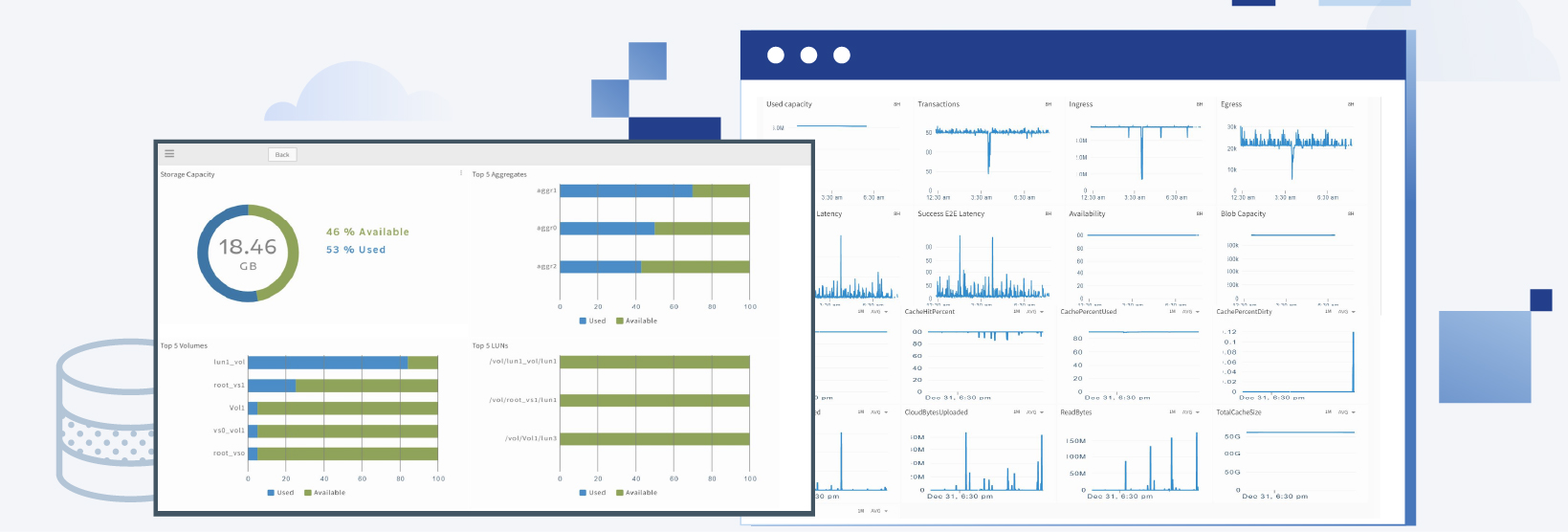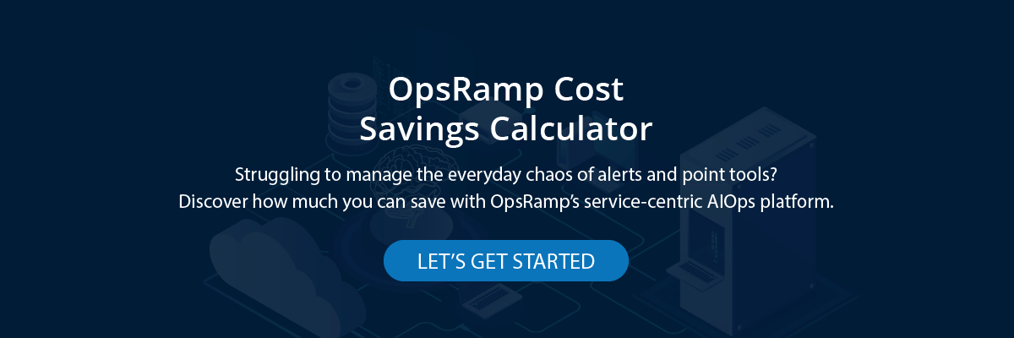OpsRamp helps IT teams monitor the availability of physical, logical, and virtual storage resources with performance indicators for storage capacity, overall utilization, and disk latency. IT teams can optimize their storage environments with granular visibility for storage components such as volume, fiber channel, RAID, SAN switches, LUNs, caches, and disks:
- Discovery. OpsRamp discovers on-prem, hyperconverged, and cloud storage resources using Simple Network Management Protocol (SNMP), Command Line Interface (CLI), Storage Management Initiative Specification (SMI-S), and API-level integrations. IT teams can auto-discover different kinds of storage infrastructure (Direct Attached Storage, Network Attached Storage, or Storage Area Network) using agentless discovery.
- Monitoring. OpsRamp's monitoring templates capture performance metrics for storage capacity, availability, and performance across Amazon Web Services, Dell EMC, Google Cloud Platform, Hitachi, HPE, IBM, Microsoft Azure, NetApp, and Pure Storage. Storage admins can prevent disk failures and eliminate performance bottlenecks with cross-tier visibility and proactive insights for their hybrid storage resources.
- Incident Management. OpsRamp ensures the health of enterprise storage infrastructure with dynamic thresholding, rapid root cause(s) analysis, and intelligent alert routing. On-call teams can quickly troubleshoot issues with the right context and trigger process automation workflows to fix repetitive problems at scale.
Storage Monitoring in Data Center Environments
Enterprises have deployed a diverse range of storage devices in their data centers from leading technology vendors. Each storage device comes with its management console and storage admins have to use multiple tools to figure out crucial bottlenecks across storage components.
Instead of relying on multiple monitoring tools, IT teams can not only use OpsRamp to auto-discover devices across major storage vendors, but also deliver a single source of truth for their distributed storage infrastructure. OpsRamp collates performance metrics related to capacity utilization, storage and filter pools, RAID groups, disk volumes, and other key components, so that storage admins can keep tabs on the health and performance of their mission-critical infrastructure.
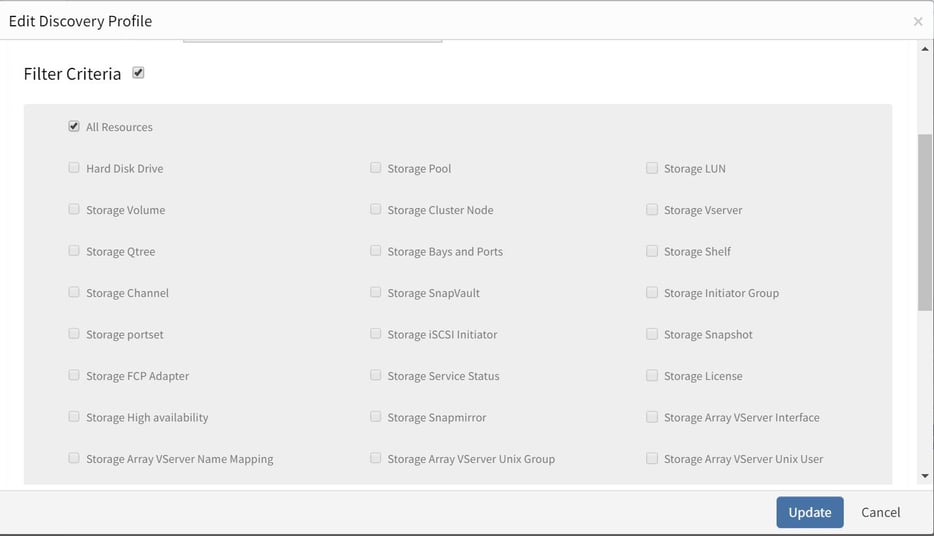
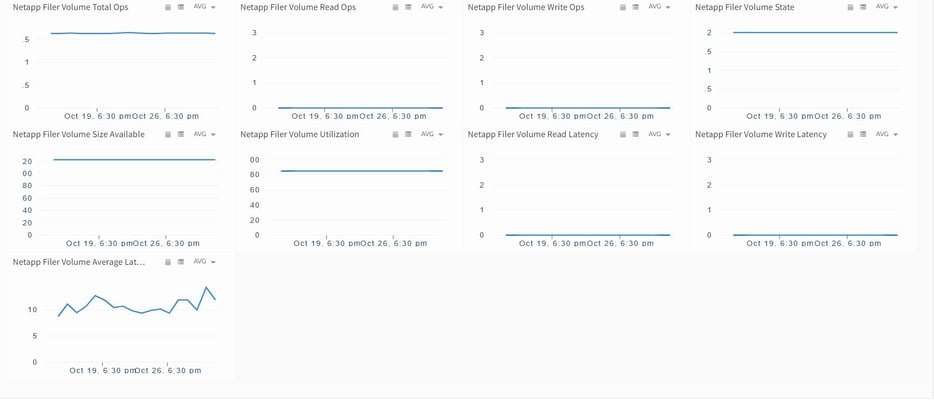
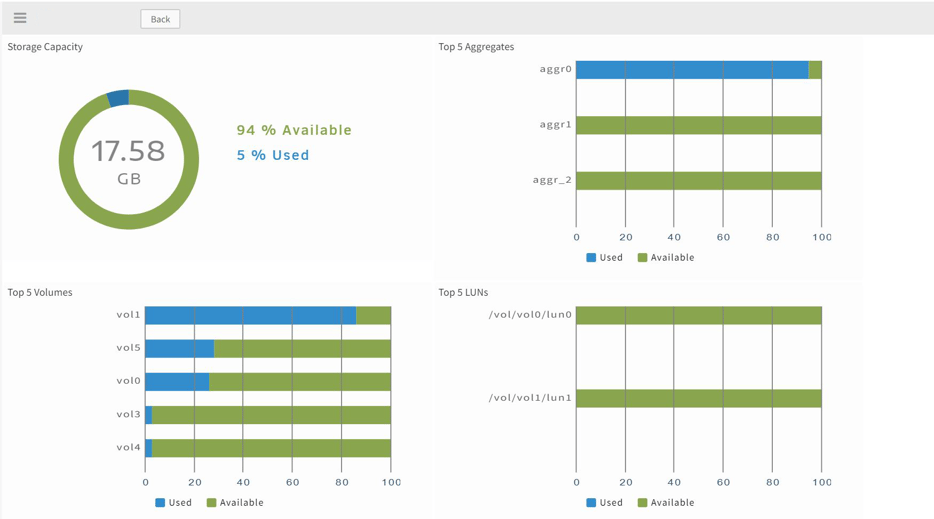
Storage Monitoring in Multi-Cloud Environments
OpsRamp monitors the performance of different cloud storage services across leading cloud providers including AWS, Azure, and GCP. Given the dynamic nature of cloud storage resources, OpsRamp runs its discovery and monitoring engine at frequent intervals to capture the true status of cloud storage health and performance.
- Amazon Web Services. OpsRamp discovers, monitors, alerts, and optimizes the performance of popular AWS storage services such as Storage Gateway, Simple Storage Service (S3), and Elastic File System (EFS). OpsRamp monitors AWS storage services with performance metrics on cache storage, the number of bytes used in read and write operations, time spent in read and write operations, and time taken to retrieve data.
- Storage Gateway. AWS Storage Gateway is a hybrid cloud storage service that delivers on-prem access to massive cloud storage. OpsRamp monitors and supports three different types of gateways, Tape, File, and Volume Gateways, which connect on-premises apps to cloud storage.
- Simple Storage Service (S3). S3 is the industry-leading storage service that offers data availability, security, and performance. OpsRamp provides daily storage and request metrics for S3 buckets along with dashboards for S3 metrics.
- Elastic File System (EFS). EFS provides a fully managed elastic file system for use with AWS services and on-prem resources. OpsRamp supports and monitors two EFS storage classes (Standard Storage and Infrequent Access Storage class) by collecting and processing real-time metric data using AWS CloudWatch.
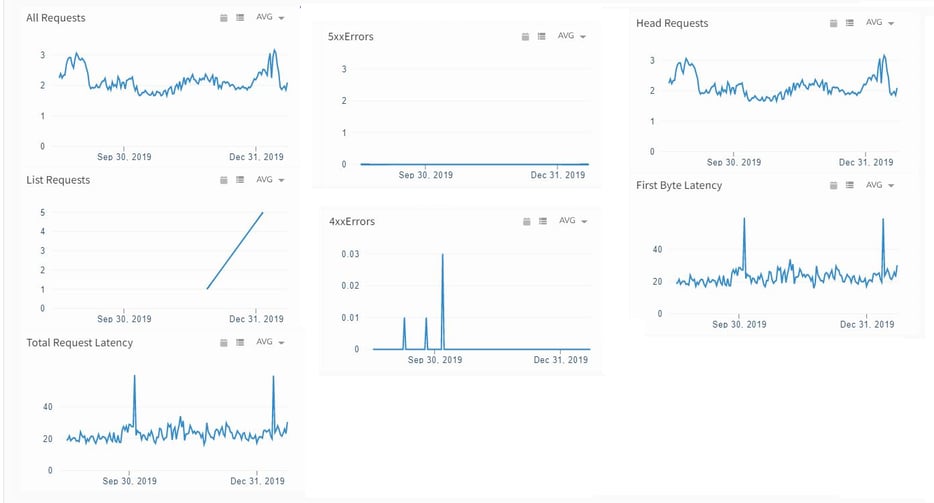
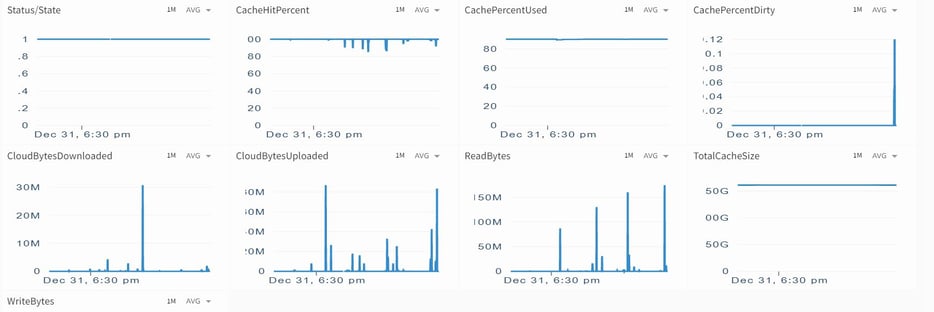
- Microsoft Azure. Azure Storage is a modern cloud storage solution for highly available, durable, and scalable workloads. Azure Storage includes four different storage services such as blobs (object store), files (managed file shares), queues (messaging store), and tables (schemaless storage). OpsRamp initially discovers available storage resources across different Azure Storage accounts and then aggregates capacity, availability, and latency trends for blob, table, queue, and file storage.
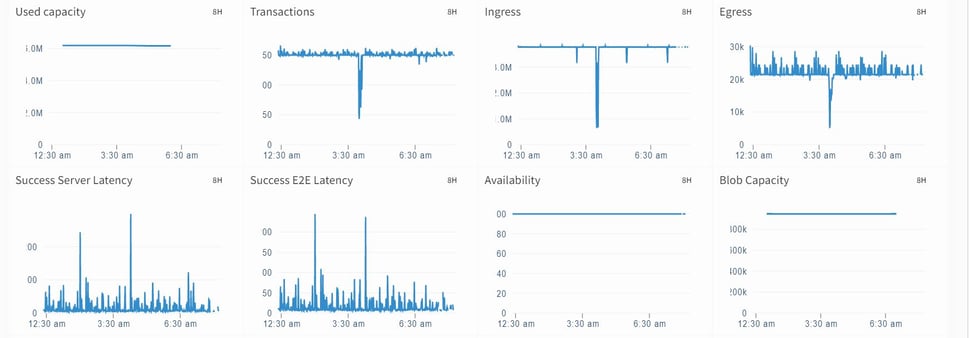
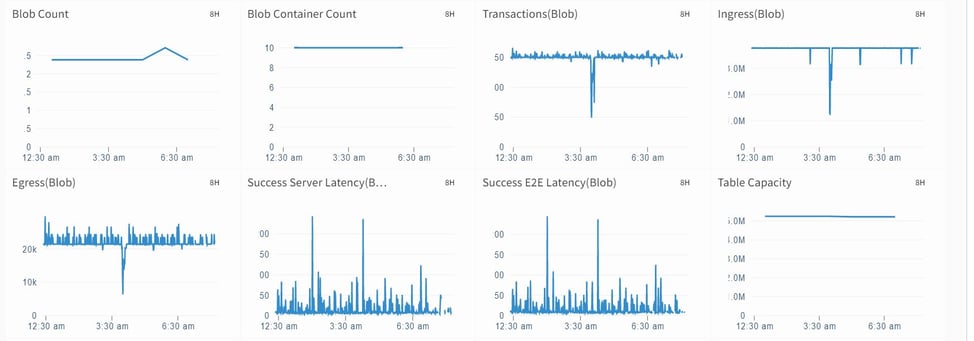
- Google Cloud Platform. Google Cloud Storage is a powerful object storage service that provides a highly scalable storage solution. OpsRamp not only discovers distributed storage services across different GCP accounts but also displays relevant performance metrics for storage requests, storage network received, and storage object count.
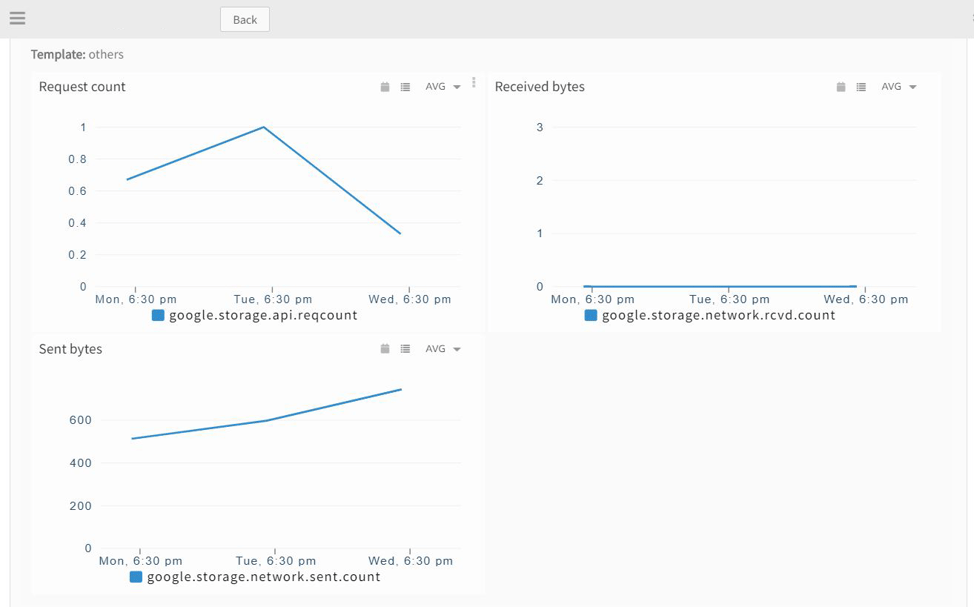
Next Steps:
- Learn why HPE invested in OpsRamp.
- Read our coverage of the Top ITOps news of 2019.
- Read about Network Monitoring with OpsRamp.
